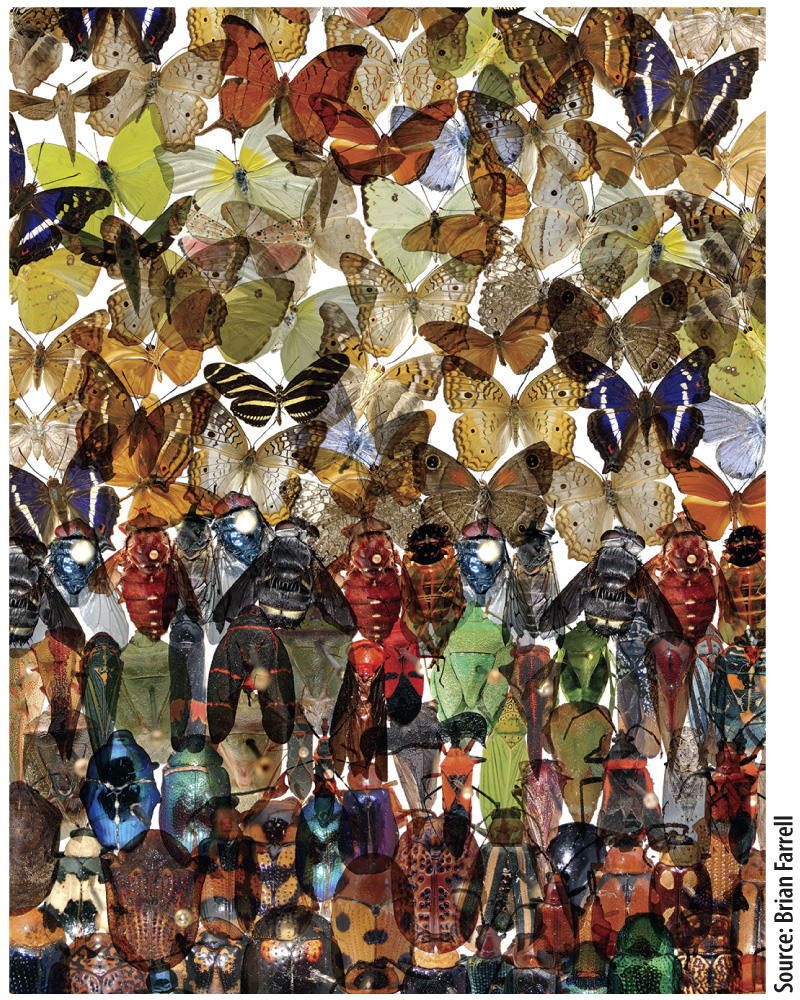Chapter 44 Introduction
945
CHAPTER 44
Animal Diversity

Core Concepts
- Phylogeny charts the evolutionary relationships among more than a million animal species.
- The earliest branches of the animal tree include sponges, cnidarians, ctenophores, and placozoans.
- Bilaterians, including protostomes and deuterostomes, have bilateral symmetry and develop from three germ layers.
- Most vertebrates have a bony cranium and vertebral column; vertebrates include fish, amphibians, reptiles, birds, and mammals.
- Animals first evolved more than 600 million years ago in the oceans, and by 500 million years ago the major structural and functional body plans of animal phyla were in place.
946
In previous chapters, we saw how the organ systems of animals enable them to move, feed, and behave in different ways. Indeed, animals have evolved a remarkable variety of structures to fulfill these and other functions. Take, for example, the interactive system of muscles and skeleton that governs locomotion (Chapter 37). Sponges and placozoans have no muscle cells at all. In jellyfish, muscle fibers contract to squeeze a fluid-
Biologists have described about 1.8 million species of eukaryotic organisms from the world’s forests, deserts, grasslands, and oceans. Of these, about 1.3 million species are animals. There is reason to believe that animal diversification began in the oceans, but today most animal species are found on land, and a majority of all animal species are insects. How can we understand the evolutionary relationships among animals, and how, in turn, can we understand the biological traits that have given rise to such great diversity on a few branches of the animal tree of life?